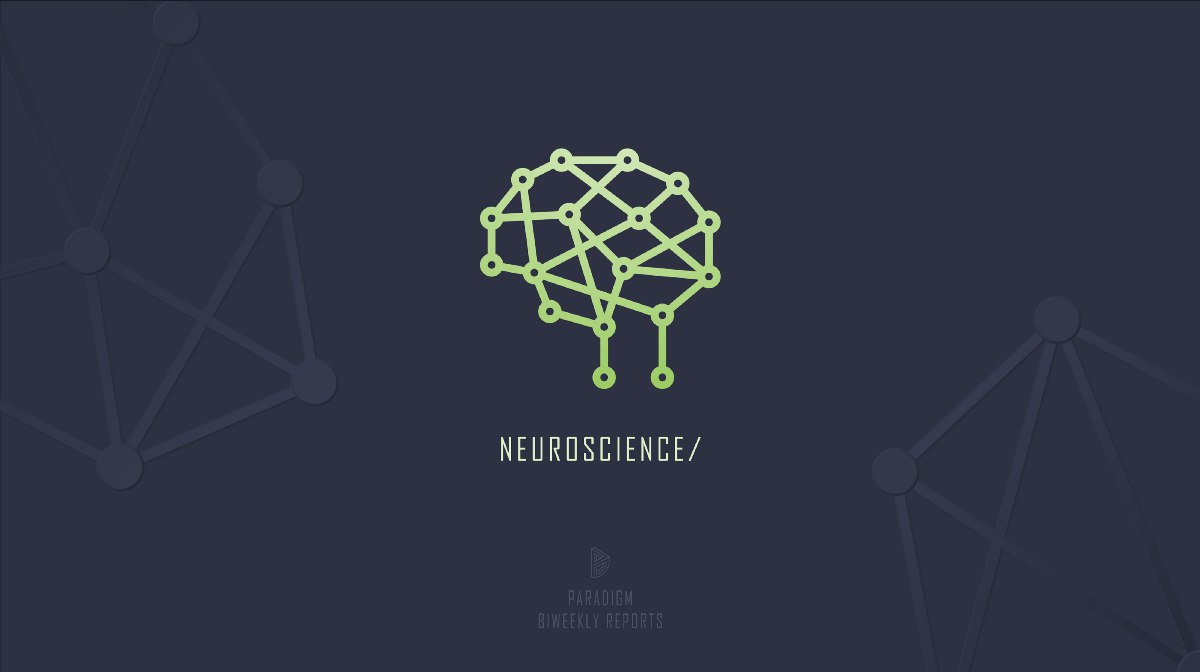𝐍𝐓/ COVID-19 virus enters the brain, research strongly suggests
Neuroscience biweekly vol. 22, 14th December - 28th December
TL;DR
- The SARS-CoV-2 virus, like many viruses before it, is bad news for the brain. In a new study, researchers found that the spike protein, often depicted as the red arms of the virus, can cross the blood-brain barrier in mice. The spike proteins alone can cause brain fog. Since the spike protein enters the brain, the virus also is likely to cross into the brain.
- An international research group has discovered in the human brain a new functional coupling mechanism between neurons, which may serve as a communication channel between brain regions.
- Developing brains constantly sprout new neuronal connections called synapses as they learn and remember. Important connections - the ones that are repeatedly introduced, such as how to avoid danger - are nurtured and reinforced, while connections deemed unnecessary are pruned away. Adult brains undergo similar pruning, but it was unclear how or why synapses in the adult brain get eliminated. Now, a team of researchers has found the mechanism underlying plasticity and, potentially, neurological disorders in adult brains.
- Researchers have described how they used advanced genetic engineering techniques to transform a bacterial protein into a new research tool that may help monitor serotonin transmission with greater fidelity than current methods. Preclinical experiments, primarily in mice, showed that the sensor could detect subtle, real-time changes in brain serotonin levels during sleep, fear, and social interactions, as well as test the effectiveness of new psychoactive drugs.
- Scientists have been able to observe the way stem cells in the adult brains of mice divide over the course of months to create new nerve cells. Their study shows that brain stem cells are active over a long period, and thus provides new insights that will feed into stem cell research.
- A new device developed by engineers can recognize hand gestures based on electrical signals detected in the forearm. The system, which couples wearable biosensors with artificial intelligence (AI), could one day be used to control prosthetics or to interact with almost any type of electronic device.
- Scientists have used machine intelligence to improve the accuracy and reliability of a powerful brain-mapping technique, a new study reports. Their development gives researchers more confidence in using the technique to untangle the human brain's wiring and to better understand the changes in this wiring that accompany neurological or mental disorders such as Parkinson's or Alzheimer's disease.
- For the first time, researchers have provided physiological evidence that a pervasive neuromodulation system - a group of neurons that regulate the functioning of more specialized neurons - strongly influences sound processing in an important auditory region of the brain. The neuromodulator, acetylcholine, may even help the main auditory brain circuitry distinguish speech from noise.
- Neuroscientists have made major advances in their quest to study the brain; however, there are no tools to precisely measure the brain's principal output -- behavior - in freely moving animals. Researchers present CAPTURE, a new method for long-term continuous three-dimension motion tracking in freely behaving animals. Attaching markers to rats' head, trunk, and limbs, researchers can use CAPTURE to record the animal's natural behavior continuously for weeks.
- A new study finds that Zika infection during the first trimester of pregnancy can impact fetal retinal development and cause congenital ocular anomalies. The virus does not appear to affect ocular growth post-natally.
...And more!
#NT #Neuroscience
https://medium.com/paradigm-fund/nt-covid-19-virus-enters-the-brain-research-strongly-suggests-63dd9c1126f0 



